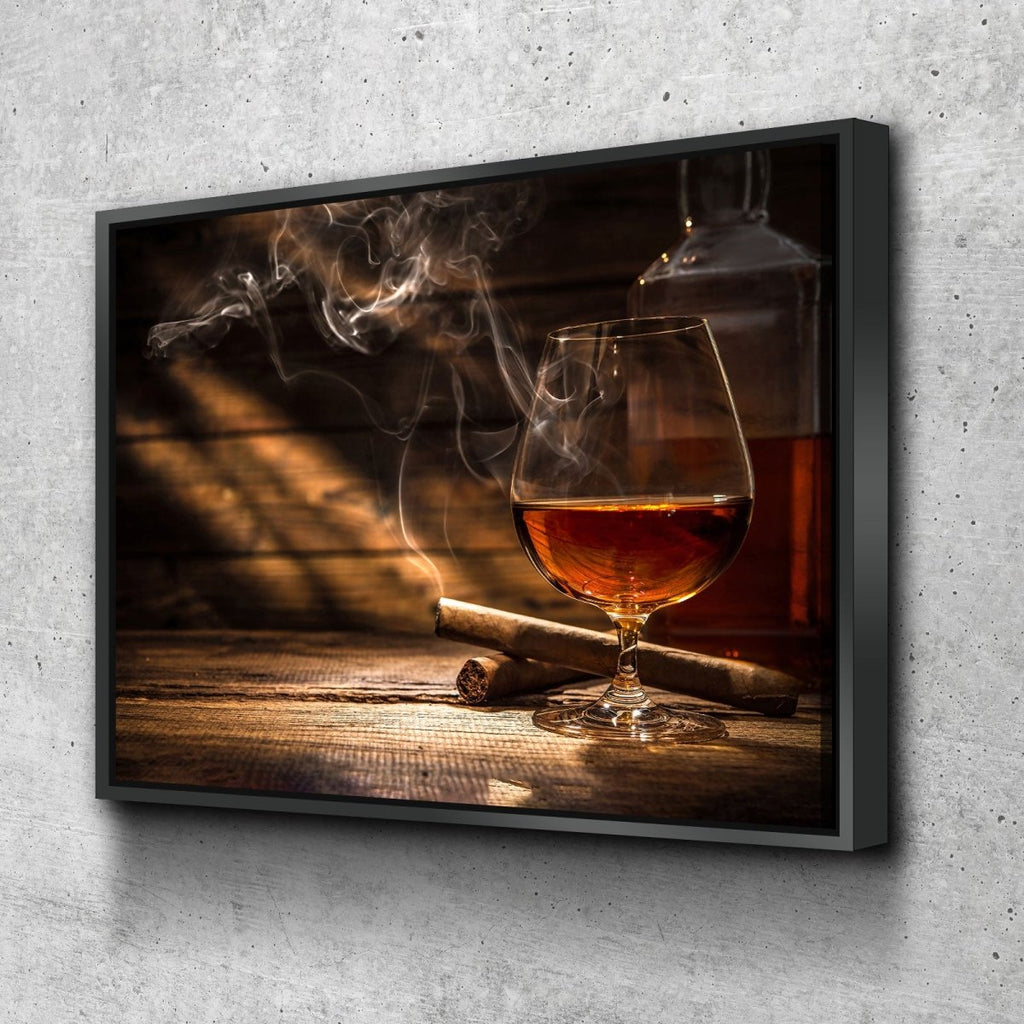The Value of Whiskey Art in Celebrating Heritage and Craftsmanship in the Beverage Industry
The detailed partnership between scotch art and the party of heritage and workmanship within the beverage industry can not be overemphasized. With attentively made tags and containers, scotch brand names envelop their historic origins and the artisanal abilities that specify their production techniques.
The Historical Origins of Whiskey
At the heart of whiskey's attraction exists a rich tapestry of historical origins that trace back to ancient worlds. The origins of bourbon can be connected to the distillation techniques of the Sumerians and Babylonians around 2000 BCE, where early types of fermented grain beverages began to arise. However, it was in the Center Ages that the art of purification advanced significantly, specifically in Ireland and Scotland, leading to the creation of bourbon as we understand it today.
The term "bourbon" itself derives from the Gaelic word "uisce beatha," indicating "water of life." This phrase underscores the social relevance of bourbon in Celtic cultures, where it was commonly related to routines, events, and common bonding. By the 15th century, purification became a recognized craft within reclusive neighborhoods, leading the means for the facility of legal distilleries.
As trade courses expanded, bourbon's popularity grew, going beyond regional borders and recording the rate of interest of connoisseurs worldwide. Limited Edition. This historic journey mirrors not just the craftsmanship behind scotch production however likewise its indispensable function in cultural and social contexts, noting it as a significant drink throughout background
Artistic Expression in Branding
Scotch branding stands as an engaging intersection of virtuosity and business, where aesthetic identification plays an important function fit customer understanding. The aesthetics of scotch tags, packaging, and marketing products show not just the brand's story but likewise its core worths and heritage. Through artistic expression, distilleries share a story that resonates with customers, stimulating emotions and sparking connections.
Using color, typography, and imagery in branding serves to separate items in a saturated market. Standard concepts might evoke a feeling of authenticity and craftsmanship, while contemporary styles can symbolize advancement and forward-thinking. This critical artistic instructions enhances brand acknowledgment and commitment, enabling consumers to forge a personal relationship with the bourbon they choose.
In addition, creative expression in branding frequently functions as a party of local heritage. Distilleries frequently include regional icons or historical referrals into their designs, developing a sense of location that invites customers to participate in a wider cultural experience. Ultimately, the creativity behind whiskey branding not just improves visual allure however additionally enhances the general story of the brand name, fostering a deeper recognition for the workmanship and heritage embedded in each container.
Craftsmanship in Bottle Style
The virtuosity evident in scotch branding prolongs beyond visual identity to include the craftsmanship involved in bottle style. Each bottle works as a vessel not just for the spirit within, however also for the tale it outlines its top quality, origin, and practice. The design process needs precise focus to information, as aspects such as closure, form, and material contribute substantially to the general perception of the bourbon.
Craftsmanship in container layout involves picking high-grade glass that can improve the scotch's color and clarity, while also supplying a tactile experience for the customer. The shape of the container need to be both aesthetically attractive and functional, usually reflecting the heritage of the brand name. Many distilleries opt for special shapes or printed logo designs that stimulate a feeling of credibility and history.
Additionally, the label layout and typography play a crucial duty in connecting the brand name's narrative. Realism Art. A well-crafted bottle not just astounds the customer's eye yet also strengthens the brand's dedication to high quality and custom. By doing this, the craftsmanship of bottle layout becomes a vital element of the bourbon experience, merging virtuosity with a profound regard for heritage
Social Significance of Whiskey Art
Commemorating tradition and workmanship, the social relevance of bourbon art goes beyond simple aesthetics, linking with the historic and social narratives of the regions where it stems. Each bottle offers as a canvas, illustrating the distinct stories, mythology, and customs that have formed local whiskey-making techniques. The intricate look at here now designs commonly show the heritage of the distillers, incorporating icons and motifs that reverberate with the culture and values of their neighborhoods.

Furthermore, whiskey art plays an essential function in common events and celebrations, working as a concrete link between individuals and their shared experiences. By valuing the creativity in bourbon packaging, consumers grow a deeper understanding and respect for the craft, inevitably enriching their satisfaction of the drink itself.
Modern Trends in Whiskey Presentation
In recent years, the presentation of bourbon has actually advanced to mirror modern preferences and fads while still recognizing typical workmanship - Bourbon Art. Distilleries are increasingly concentrating on visual elements that enhance the general alcohol consumption experience, connecting the space in between heritage and modernity
Innovative container styles have arised, often including sustainable materials and artistic tags that inform compelling stories. Lots of brand names now collaborate with neighborhood artists, infusing their items with unique visual expressions that resonate with customers. In addition, limited-edition launches are usually packaged in collectible containers, adding worth and charm for lovers.

Conclusion
In final thought, whiskey art offers as an important conduit for sharing the heritage and workmanship integral this link in the drink look at this now market. With elaborate branding, innovative bottle layouts, and culturally substantial imaginative elements, scotch brands successfully recognize their practices and connect with customers.


Workmanship in container style entails picking premium glass that can boost the bourbon's shade and clarity, while additionally offering a tactile experience for the consumer. In this method, the craftsmanship of container layout ends up being an essential element of the bourbon experience, combining virtuosity with an extensive respect for heritage.
In conclusion, scotch art offers as a vital avenue for revealing the heritage and craftsmanship inherent in the drink market.